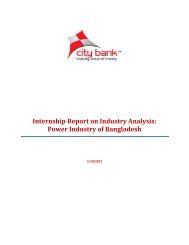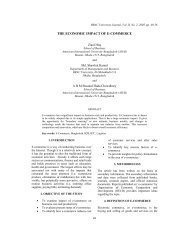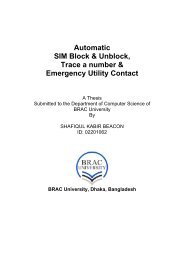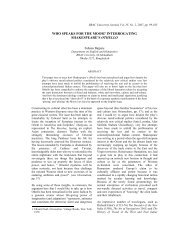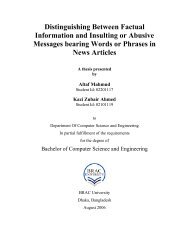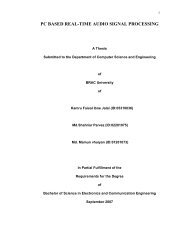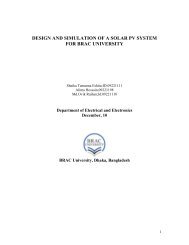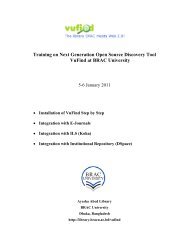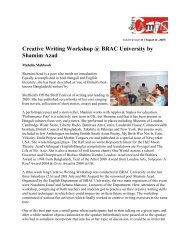LITERATURE SURVEY OF AUTOMATIC FACE RECOGNITION ...
LITERATURE SURVEY OF AUTOMATIC FACE RECOGNITION ...
LITERATURE SURVEY OF AUTOMATIC FACE RECOGNITION ...
Create successful ePaper yourself
Turn your PDF publications into a flip-book with our unique Google optimized e-Paper software.
oughly the same scale), scale normalization was used such that in the combined<br />
data base, all images have roughly the same scale.<br />
Table 5.2.1<br />
The Original Data Bases and Their Variations.<br />
Database Subject Variation Total<br />
MIT 16 27 432<br />
Olivetti 40 10 400<br />
Weizmann 28 30 840<br />
Bern 30 10 300<br />
Table 5.2.2<br />
The “Trimmed” Data Bases and Their Variations.<br />
Database Subject Variation Total<br />
MIT 16 3 48<br />
Olivetti 40 2 80<br />
Weizmann 28 3 84<br />
Bern 30 2 60<br />
Combined 114 2,3 272<br />
The Eigenface, AutoAssociation and classification nets, and elastic<br />
matching algorithms were run on each of the four individual data bases as well<br />
as on the combined data base. In this test first the researcher’s intention to test<br />
these algorithms robustness over different data bases, later on they decided to<br />
test these algorithms efficacy on a relatively large data base in terms of the<br />
number of subjects.<br />
In their experiments, the images were divided into training and test sets.<br />
To describe how the training samples were picked, we first need to describe how<br />
the data bases are organized.<br />
The four individual data bases (MIT, Olivetti, Weizmann, and Bern) have<br />
the same organization, and the combined data base, being the combination of<br />
the four, also has that organization. Specifically, in each data base, every subject<br />
is photographed under a number of settings, say, settings 1, 2, 3…., k. Here, a<br />
33



